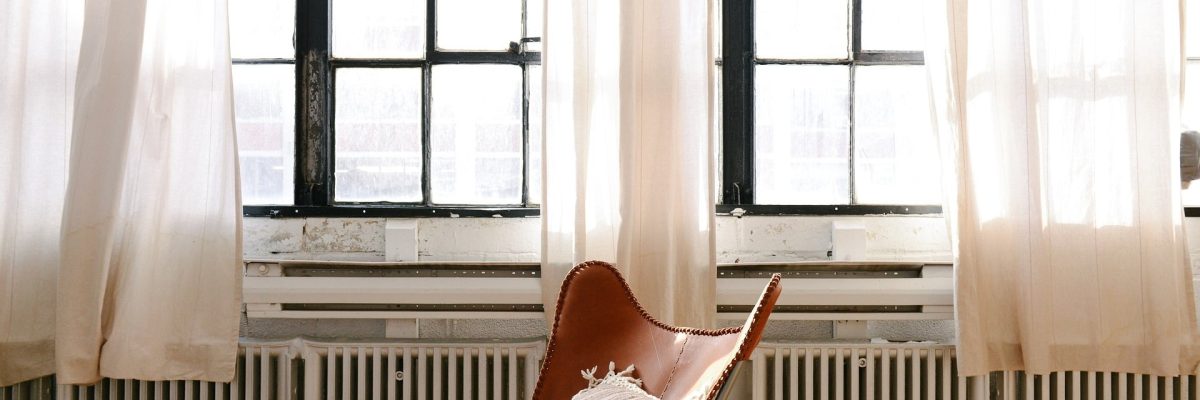It’s the season of chills and thrills, or at least it’s intended to be. The cold weather is here and if you are in New York City, chances are, you may be feeling cold inside just as what you’re supposed to feel outside.
Regardless if you rent or own with regard to warming up your NYC pad, there is no happy medium, and we’re not only talking about the never-ending family fight over the space heater. We have a considerable rundown of topics including what to do if the new landlord of your rent-stabilized flat would like to change your heat to a more expensive unit or how to know if you have to shoulder the heat expenses in your NYC rental.
Here are some heating bits of advice for your NYC flat for the winter season:
Warming up your NYC Flat 101
During the city’s “warm season,” which started Oct. 1, your landlord is committed to keeping your apartment at minimum 68 degrees between 6 a.m. and 10 p.m. if the outside temperature plunges below 55 degrees. At night, your flat needs to be at least 62 degrees, regardless of what the temperature is outside.
If you don’t have a warmer, you should first get in touch with your building manager or owner to tell them about his matter. On the off chance that you don’t get a response or resolution, you can call 311, this should alert the Department of Housing Preservation and Development. Getting the said department involved can include a site visit—and a large fine for your landlord.
Be knowledgeable with your radiator
If you live in an older building, you are more likely to have a bulky and a very noisy radiator occupying a significant area in your apartment. But what do you truly know about your NYC radiators?
First off, you should know that the round handle is not, in fact, used to direct the temperature, it serves as an on-off switch. If turned all the way to the right (off) or to the left (on), it should stop those occasionally frightening banging noises that radiators are known for. If the knob doesn’t appear to be tightened in any case, reach out to your super to fix.
While these noisy warmers are so very New York, some find these things as a mess and awkwardly located. If you’re in that classification, a lot of businesses make radiator covers that don’t just conceal them without hindering the warmth they provide but also transform them into a useful part of your layout.
I’m as yet cool in my NYC flat. What would I be able to do?
In the event that your apartment warmer is already on, but you’re still feeling chilly, you have a couple of alternatives other than burying yourself a blanket over another blanket. One ofthem is most definitely not involving your oven or gas range in the process.
“Such inappropriate use could make hazardous dimensions of carbon monoxide accumulate, causing extreme sickness and possible death,” FDNY writes in its winter fire security leaflet.
Never utilize a lamp fuel or propane space warmer, which are unlawful and entirely forbidden in New York City. Electric space heaters, however, are permitted, but should never be used with an extension cord.
Per FDNY, you should search for electric space radiators with programmed stop feature, and only utilize ones that have the Underwriters Laboratories (UL) mark. You are also supposed to inspect the electric cord for any damage before each use.
Electric warmers should be out of reach of children and pets and should be at minimum three feet from flammable materials such as bedding or furniture. They are not recommended to be used in bathrooms or other places they could interact with water, FDNY warns. Make sure to turn off and unplug the warmer when going to bed or heading out.
In case you’re considering using an electric blanket, it also should have an auto turn-off feature and the UL Mark. In the event that it’s over 10-years of age, it must be replaced, as should blanket with frayed or broken strings or burn marks. Never tuck the cover into the side of the bed or cover with other sheet material while being used.
The warmer’s now on, but it’s sweating hot in here!
If your radiator is on, however, ,you’re excessively feeling hot, opening a window is the principal thing you should need to do (and it’s free). Yet, as the climate outside gets progressively fearsome, that probably won’t be the best fix.
Whether you pick the classic box shape or a tower, a great fan is a sensible cost that can prove to be useful all year.
No heat means rent discount?
In the event that you have no warmer, whether because of a broken boiler or another factor that is beyond your control, you might be qualified for a lease reduction for that day and instance.
“The inability to give warmth during the cool climate season would without a doubt be a break of the guarantee of livability that a proprietor owes an occupant,” real estate attorney Jeffrey Reich of Schwartz Sladkus Reich Greenberg Atlas discloses.
Retaining rent automatically, however, is not advisable, as you could end up in housing court which could be expensive regardless if you win.
Arrange a reduction with your proprietor on the following month and make sure to have it documented.
Upgrading your heating system
In case you’re a homeowner, overhauling your HVAC, or warming, ventilation, and cooling, the system in your NYC flat could be a commendable redesign. It cannot only mean putting an end to that annual bother of expelling and putting away in-window air cooling systems, it additionally could spare you from battling about the indoor regulator season after season—and be increasingly productive and calmer, as well.
Such an endeavor, however, is reliant on a few variables, from the age, milestone status, and board guidelines of your working to its electrical limit, roof tallness, and where development will occur in your condo contrasted with the flat beneath you.
Regardless of what time of in-home work you’re needing, sit down with your building management and talk about important things prior to starting any project.

